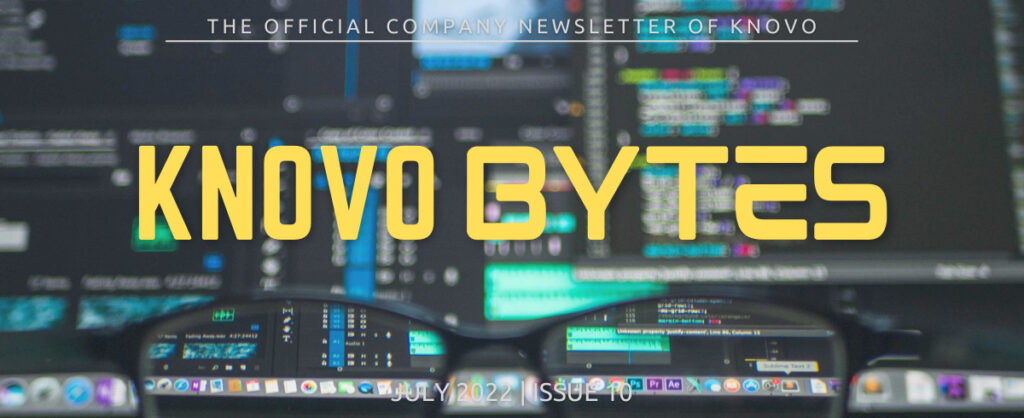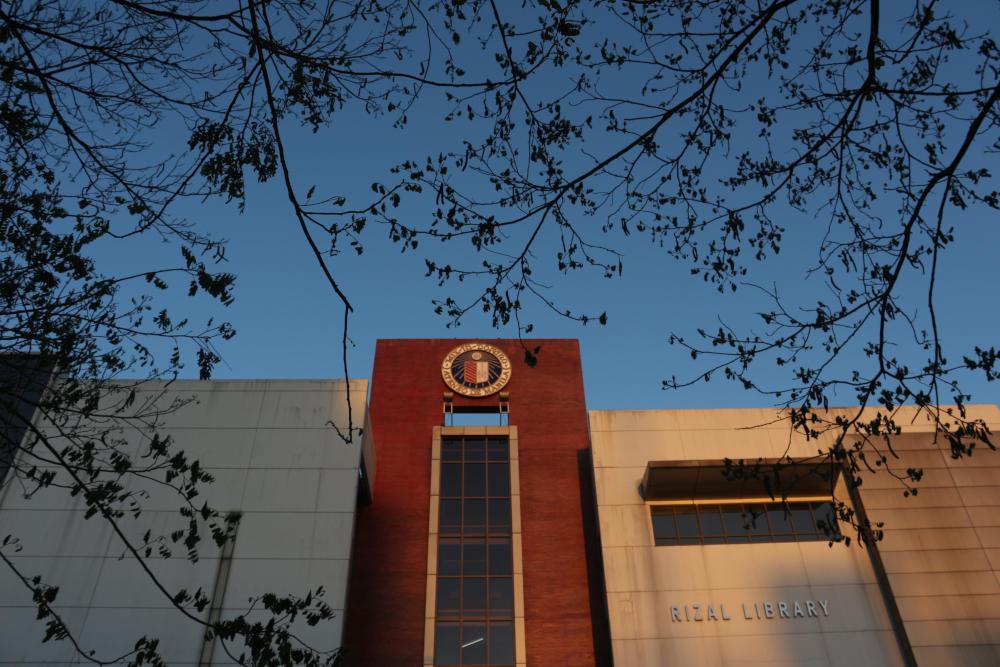
Ever since the creation of the first computer in 1822, the advancement of technology has been accelerating at breakneck speed. Technology has immensely helped in day-to-day communication and encouraged the sharing of information. Communication is not as it used to be a decade ago. Today, people can interact and communicate using various communication channels. Most importantly, technology has brought about a more inclusive society by creating connections, improving the accessibility of learning, and addressing global workforce gaps.
Inequality tends to be lower in areas with increased Internet usage. Innovative tech-driven solutions provide imaginative methods to plan new networks wisely from the start. An example of how tech has improved connections between people can be observed in a company called Mandulis Energy. Mandulis Energy converts agricultural waste into environmentally sustainable power in Uganda, where 80% of the population lacks access to electrical networks. This neighbourhood remedy can lay the foundation for connection infrastructure. Infrastructure for digital connection has enormous importance. Bringing the Internet to individuals who are offline would boost the world economy by US$6.7 trillion, according to PricewaterhouseCoopers (PwC). This would help 500 million more people escape poverty, demonstrating the need for increased connectedness in the effort to create a more equal society. This is particularly true in underdeveloped nations with poor infrastructure.

264 million children worldwide are unable to attend school, and 617 million children and adolescents are unable to read or do simple math operations. Girls in lower-income nations that have experienced natural catastrophes are particularly at risk. One company in Nepal has created a personal education device that enables children to learn localised education content in any language without needing access to power, a quality classroom, or the Internet. The device also acts as a teaching tool for teachers to use in the classroom during self-study time and for students to continue their learning at home, especially when textbooks and workbooks are minimally available. Through games and exercises culled from educational databases, they instruct students in conventional disciplines. They were constructed in the wake of the 2015 Nepal earthquake and offer assistance and learning continuity amid humanitarian emergencies (http://www.joinjara.com/#). They also teach customers how to build a simple plumbing system, among other useful skills. Additionally, they provide information on neighbourhood services including microloan funding and trauma counselling.
Technology-driven education and training might progressively bridge the talent gap across nations. This benefits the local workforce as well as the employee. Businesses can eventually localize manufacturing if they make training investments along their global supply networks. This could result in them saving on resources, transportation, and other expenses. In the end, it won’t be tangible products and resources that cross borders most frequently, but rather intellectual assets and skill sets. As a result, inequality may be further reduced on a worldwide level. Additionally, it could stop employees in developing nations from sharing the same destiny as those in industrialized economies. Jobs in manufacturing at the bottom of the value chain were either automated or moved from developed to emerging markets. This time, employees may gain from technology as their economies develop and climb the value chain. Already, technology has the power to change things. One such is Good World Solutions, a Cisco partner. Through its Laborlink platform, 4 million data points on working conditions and prospective training requirements are gathered from over 750,000 employees across 16 countries. This is a significant step toward treating workers fairly rather than taking advantage of them.
References:
-Cisco, The Role of Technology in Powering an Inclusive Future, <https://www.cisco.com/c/dam/m/en_us/about/cxo-agenda/inclusive-future/the-role-of-technology-in-powering-an-inclusive-future.pdf>
Modernization has allowed any and all work environments to transcend traditional practices with unity and transparency being the endgame of it all. As we continue to innovate and utilize the powers of information technology and artificial intelligence, the problem of human error could be a thing of the past.
We have been witnessing the upcoming of the new generation as they take the helm in everyday work environments to excel in their current skill sets and take the next step in their careers as well. This means that talent acquisition has also become a rising challenge for employers, especially since we are still returning from the pandemic, as we are now seeing an influx of talent with great potential. Current artificial intelligence software now addresses this challenge of sourcing and selecting top talent while simultaneously eliminating human intervention and bias. We now live in a world that hopes to blur the lines of division and instead bring forth unity and diversity. This new technology sees the potential in all without bias, and this now sheds light on the top talent that is no longer limited to age, gender, race, and religion.
Other than this, technologies such as intelligent automation allow for all employees to work alongside a cognitive bot that goes through data from multiple sources and bring back an in-depth analysis of the internal patterns and disparities within the company they work for. This follows the trend of transparency in modern work environments in pursuit of diversity and inclusion. These technologies hinder the risks of human error and most importantly bias which could create prejudice in what should be perceived as an environment of growth. Intelligent automation can also do more with routine benefit transactions and employee demographic data being just a couple more advantages that this technology can establish in ensuring fair and accurate evaluations.

These are just some of the things that information technology can do for us today. Creating a work environment that makes the employees feel like they are developing not only in their skills and overall professionalism for modern society but also in their own character for the future of their careers. Instruments like artificial intelligence and other software are meant to establish equal footing for those who wish to grow through work and the relations they make along the way.
References:
– FOND, 5 Ways Technology is Positively Impacting Diversity and Inclusion, <https://www.fond.co/blog/5-ways-diversity-and-inclusion-technology/>
Today we share an interview with Ateneo de Manila University’s current Programs Director of the John Gokongwei School of Management Mr. Michael C. Tan. In this interview, Mr. Tan gives us a glimpse of the future of the private school’s relationship with information technology and how this could elevate the quality of education that they provide for their students.

Q: Since the pandemic pushed most if not all industries to adopt an online presence, how were you able to see and/or contribute to translating Ateneo’s essence to new and old students?
A: The pandemic forces us to use new technologies and tools into the new online classes. Faculty need to address and adjust to students in accomplishing the learning objectives in their own subject matters. We now try to engage with students more through various social media and online platforms. We also apply online tools to communicate with our alumni and stakeholders to get feedback on their work performances. We are taking advantage of technology in bringing our alumni abroad to giving seminars and workshops to our students online.
Q: As we see now that technology is moving at a faster pace, what would you hope to see be added – or at least experimented on – in Ateneo or possibly just the School of Management?
A: We have upgraded our curriculum in 2018 to focus on creative thinking, ethics, problem-solving skills, digital skills which we feel are important for the students. The pandemic opens our eyes to the importance of IT, computer science and innovation. Aside from these, data science, machine learning, robotics, cyber security has become very important topics in order to thrive in this new normal. We are planning to curriculum review and hopefully can integrate some of these to our Management curriculum.
Q: As technology seeps into every sector, are there are interesting changes to curriculums in non-technical sectors that you have come across?
A: Yes, curriculums have shifted to importance in integrating technology, creative and problem-solving skills to the mix. We expect more on IT/computer-related interdisciplinary subjects will emerge and added to the curriculums.
By entering your email address, you will receive promotional updates, relevant content, products and services from Knovo. You may unsubscribe from these communications at any time. View privacy policy.